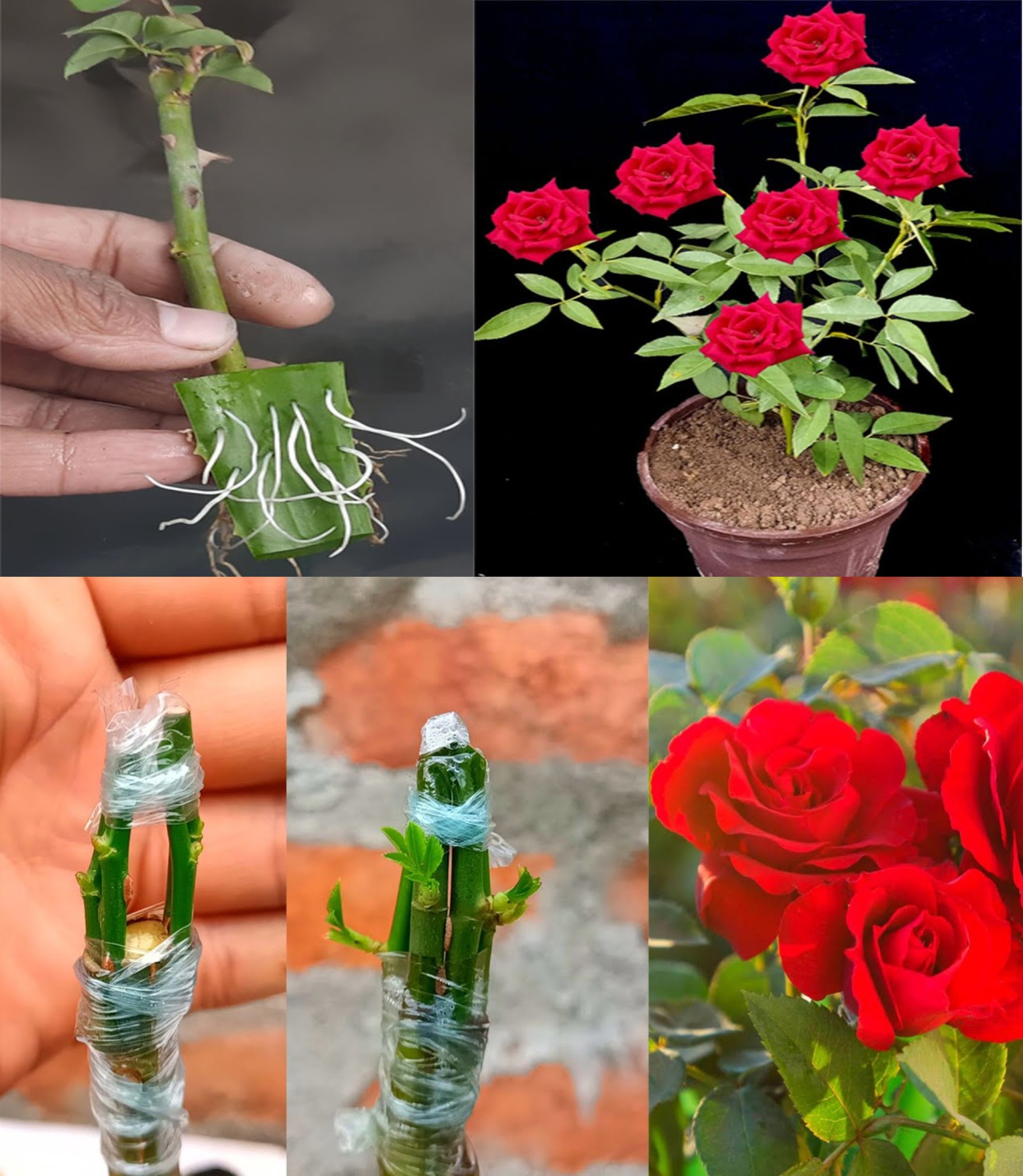Several methods are available for propagating roses, but the glass of water technique stands out as one of the most effective.

To prevent the letdown of witnessing a stunning bouquet of roses wither prematurely, it’s prudent to engage in rose propagation. This can be effortlessly achieved at home by extracting a rose cutting from store-bought flowers or an established plant. Among the array of techniques for rose propagation, the water-filled glass method emerges as notably effective. Let’s navigate through the procedure step by step.
In addition to its widely acknowledged therapeutic attributes, aloe vera proves to be a superb natural rooting agent and fertilizer. For the promotion of vigorous root development, immerse rose cuttings into aloe gel.
Here’s the process for propagating a cut rose:

Commence by using shears to trim the rose just beneath the flower.
Measure down the stem to the fifth knot and execute a diagonal cut below this knot, creating an angled incision that boosts the plant’s rooting potential.
Extract the pulp from an aloe vera leaf, blend it into a smooth consistency, and transfer it into a glass.
Submerge the initial rose cutting into the aloe vera pulp, allowing it to sit for a duration of five days.
Transplant the treated cutting into premium peat moss, utilizing the residual juice as a spray for added nourishment.

For rose propagation using a plastic bottle, follow these steps:
- Slice a plastic bottle in half and create small holes in the bottom for drainage.
- Blend expanded clay and peat, filling the bottom half of the bottle.
- Spray the mixture generously and allow slight drainage.
- Select a rose cutting with a minimum of 3 or 4 buds, eliminate most leaves, and plant it into the soil.
- Cover the cutting with the other half of the bottle to preserve moisture until it establishes roots.
